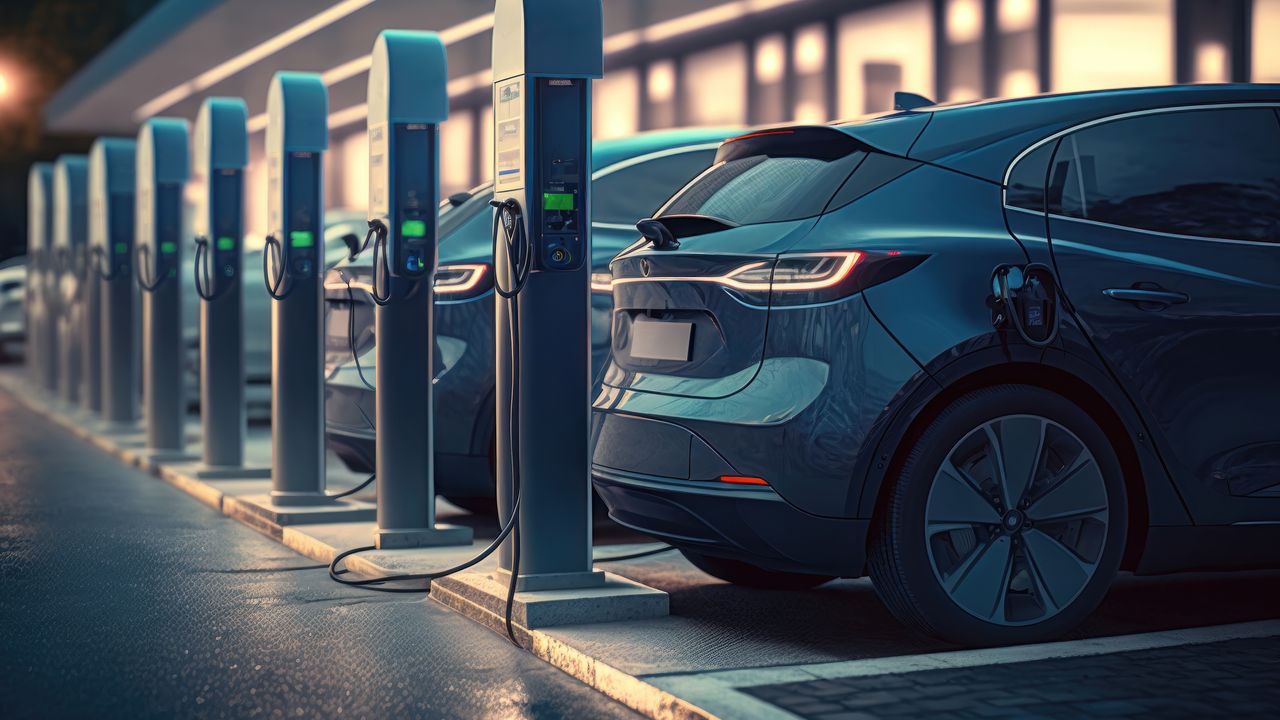Fast Charging vs. Slow Charging for Electric Vehicles
When it comes to charging electric vehicles (EVs), one of the most important considerations for EV owners is the charging power. The charging power determines how quickly an EV can be charged, and it plays a significant role in addressing range anxiety, a common concern among EV owners.
What is Charging Power?
Charging power refers to the rate at which electric energy is transferred to an EV’s battery. It is measured in kilowatts (kW). The higher the charging power, the faster the charging time. EVs typically come with different charging power capabilities, which can vary depending on the model and the charging infrastructure available.
Fast Charging: Addressing Range Anxiety
Fast charging, also known as level 3 charging or DC fast charging, is a charging method that allows EVs to charge at a much higher power level compared to slow charging. With fast charging, EV owners can significantly reduce charging time and address range anxiety, which is the fear of running out of battery power before reaching their destination.
Level 3 charging stations are equipped with high-power charging equipment that can provide charging power of up to 350 kW. This means that EVs can charge from 0% to 80% in a relatively short amount of time, typically around 30 minutes. Fast charging is especially useful for long-distance travel or when there is a need for a quick top-up.
Slow Charging: Convenient and Cost-Effective
Slow charging, also known as level 1 or level 2 charging, refers to charging at a lower power level compared to fast charging. Level 1 charging is done using a standard household outlet, while level 2 charging requires a dedicated charging station. Slow charging is more convenient for overnight charging at home or during extended periods of parking at workplaces or public charging stations.
While slow charging takes longer, it is often more cost-effective. Level 1 charging can provide around 2-5 miles of range per hour of charging, while level 2 charging can provide around 10-20 miles of range per hour. Slow charging is suitable for daily commuting or when the EV is parked for an extended period, allowing the battery to be fully charged without the need for fast charging infrastructure.
Choosing the Right Charging Method
When deciding between fast charging and slow charging, it is essential to consider your specific needs and usage patterns. If you frequently travel long distances or experience range anxiety, fast charging is a valuable option to minimize charging time and ensure you can reach your destination without worrying about running out of battery power.
On the other hand, if you primarily use your EV for daily commuting or have access to charging facilities at home or work, slow charging may be more than sufficient. Slow charging is also more cost-effective, as it does not require expensive high-power charging equipment.
Conclusion
Both fast charging and slow charging have their advantages and are suitable for different scenarios. Fast charging is ideal for long-distance travel and addressing range anxiety, while slow charging is convenient and cost-effective for daily use. Ultimately, the choice between the two depends on your specific needs and the availability of charging infrastructure. With the continuous advancements in EV technology, the charging experience will only continue to improve, providing more options and flexibility for EV owners.
